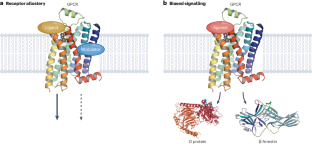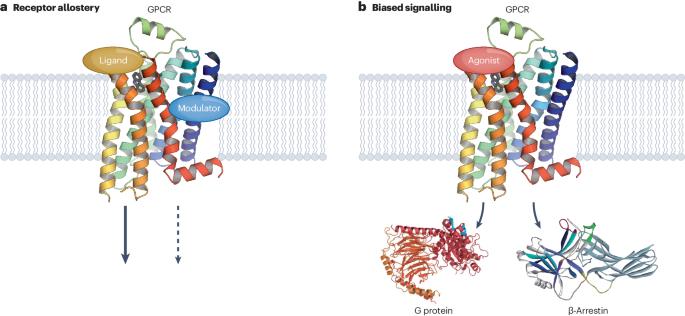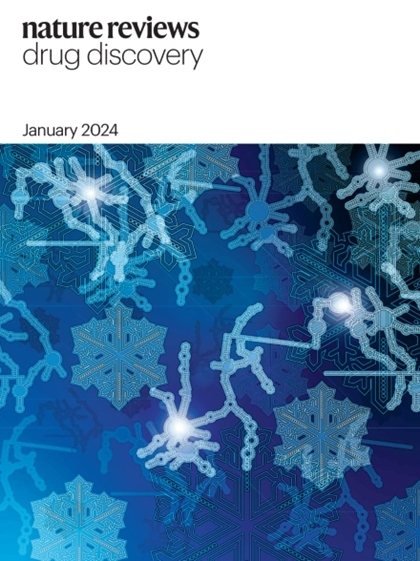了解你的分子:候选药物的药理学特征,以提高疗效并减少后期损耗。
IF 122.7
1区 医学
Q1 BIOTECHNOLOGY & APPLIED MICROBIOLOGY
引用次数: 0
摘要
尽管化学、计算和生物科学取得了进步,但临床开发候选药物的损耗率仍然很高。小分子发现过程中的一个关键点是对热门化合物和先导化合物进行药理学表征,最终选出候选药物,这可以为帮助应对这一挑战提供机会。更深入的表征越来越重要,因为药物疗效的 "质量",至少是 G 蛋白偶联受体 (GPCR) 的疗效,现在已被理解为远不止激活 cAMP 信号传导等通常评估的通路,还有更多配体的 "疗效 "可用于治疗。通过新的检测方法(如偏置信号传导和异位调节)以及结构生物学(如冷冻电镜)的进步,可以对 GPCR 的复杂行为进行表征。本文讨论了以 GPCR 为目标类别评估热门化合物和先导化合物药理学的关键因素,强调了确定候选药物的机会,这些候选药物有可能解决当前疗法的局限性,并提高它们在临床开发中取得成功的可能性。本文章由计算机程序翻译,如有差异,请以英文原文为准。


Know your molecule: pharmacological characterization of drug candidates to enhance efficacy and reduce late-stage attrition
Despite advances in chemical, computational and biological sciences, the rate of attrition of drug candidates in clinical development is still high. A key point in the small-molecule discovery process that could provide opportunities to help address this challenge is the pharmacological characterization of hit and lead compounds, culminating in the selection of a drug candidate. Deeper characterization is increasingly important, because the ‘quality’ of drug efficacy, at least for G protein-coupled receptors (GPCRs), is now understood to be much more than activation of commonly evaluated pathways such as cAMP signalling, with many more ‘efficacies’ of ligands that could be harnessed therapeutically. Such characterization is being enabled by novel assays to characterize the complex behaviour of GPCRs, such as biased signalling and allosteric modulation, as well as advances in structural biology, such as cryo-electron microscopy. This article discusses key factors in the assessments of the pharmacology of hit and lead compounds in the context of GPCRs as a target class, highlighting opportunities to identify drug candidates with the potential to address limitations of current therapies and to improve the probability of them succeeding in clinical development. Deeper pharmacological characterization of hit and lead compounds is being enabled by novel assays to characterize target behaviour as well as by advances in structural biology. This article discusses key factors in pharmacological characterization in the context of G protein-coupled receptors as a target class, highlighting opportunities to identify drug candidates with the potential to address limitations of current therapies and to increase the probability of them succeeding in clinical trials.
求助全文
通过发布文献求助,成功后即可免费获取论文全文。
去求助
来源期刊

Nature Reviews. Drug Discovery
医学-生物工程与应用微生物
CiteScore
137.40
自引率
0.30%
发文量
227
期刊介绍:
Nature Reviews Drug Discovery is a monthly journal aimed at everyone working in the drug discovery and development arena.
Each issue includes:
Highest-quality reviews and perspectives covering a broad scope.
News stories investigating the hottest topics in drug discovery.
Timely summaries of key primary research papers.
Concise updates on the latest advances in areas such as new drug approvals, patent law, and emerging industry trends and strategies.
 求助内容:
求助内容: 应助结果提醒方式:
应助结果提醒方式:


